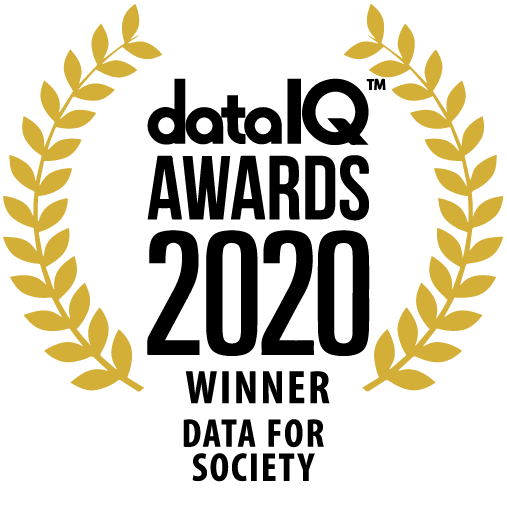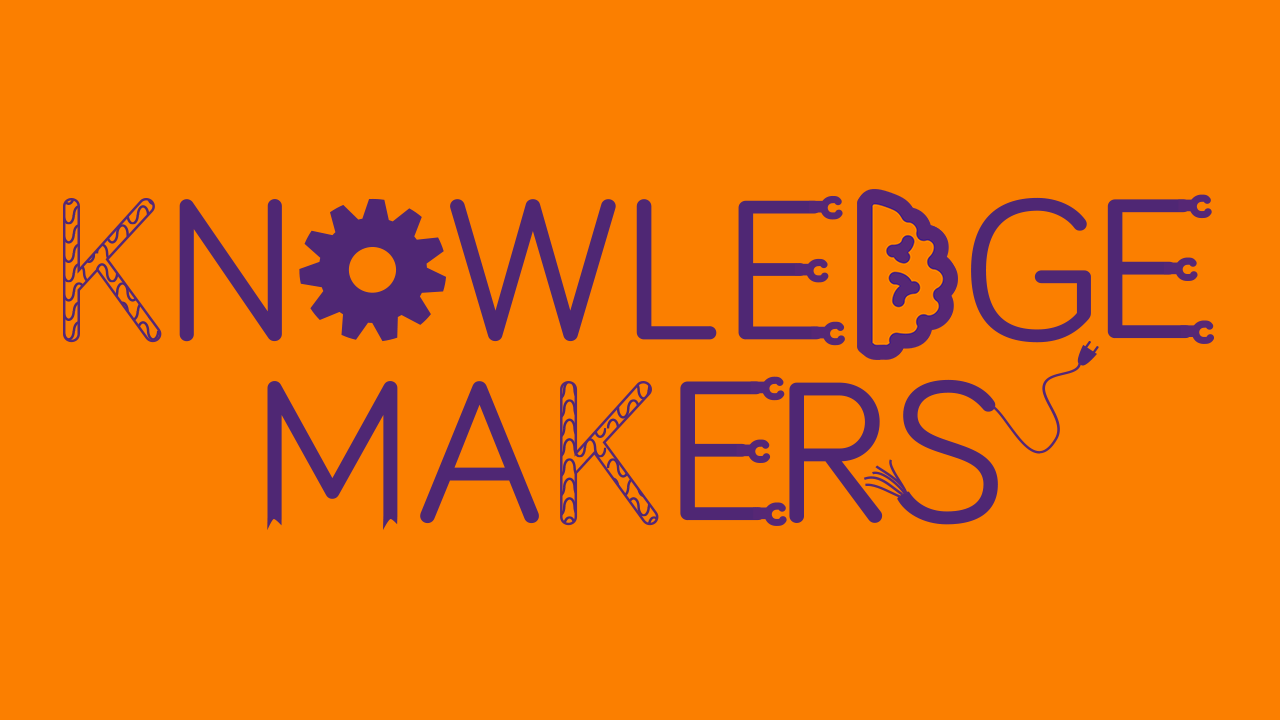Tech Report
Graphical Argumentation and Design Cognition
Many efforts have been made to exploit the properties of graphical notations to support argument construction and communication. In the context of design rationale capture, we are interested in graphical argumentation structures as cognitive tools to support individual and collaborative design in real time. This context of use requires a detailed understanding of how a new representational structure integrates into the cognitive and discursive flow of design, that is, whether it provides supportive or intrusive structure. This paper presents a use-oriented analysis of a graphical argumentation notation (QOC). Through a series of empirical studies, we show that it provides most support when elaborating poorly understood design spaces, but is a distraction when evaluating well constrained design spaces. This is explained in terms of the cognitive compatibility between argumentative reasoning and the demands of different modes of designing. We then provide an account based the collaborative affordances of QOC in group design meetings, and extend this to discuss the evolution of QOC argumentation from short term working memory to long term group memory.
Publication(s)
Human-Computer Interaction (in press)







